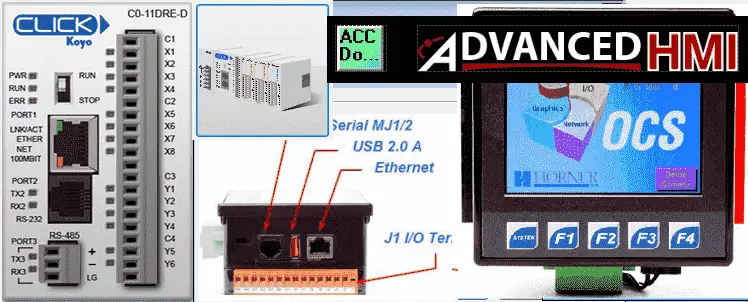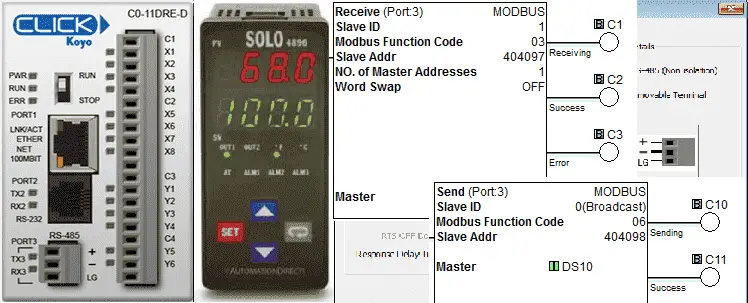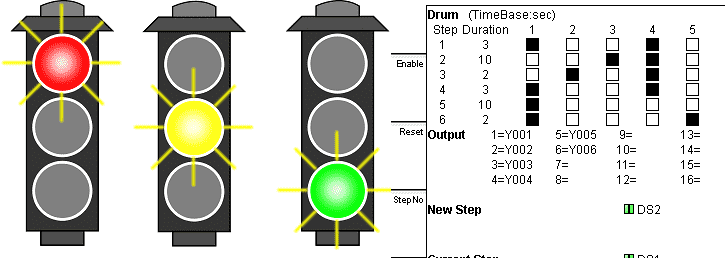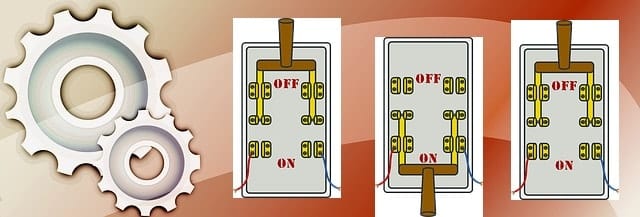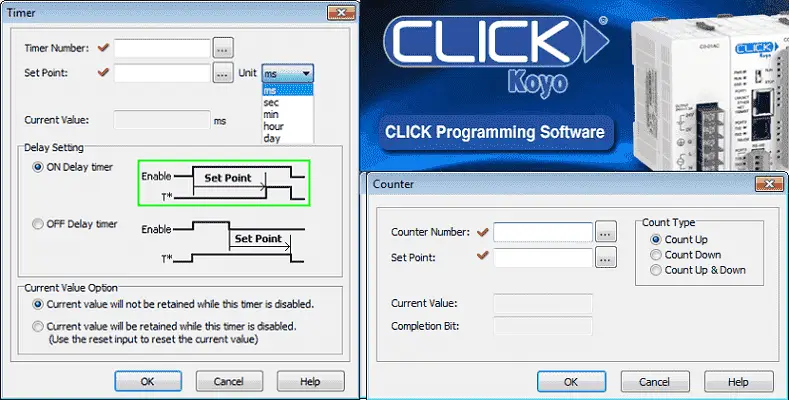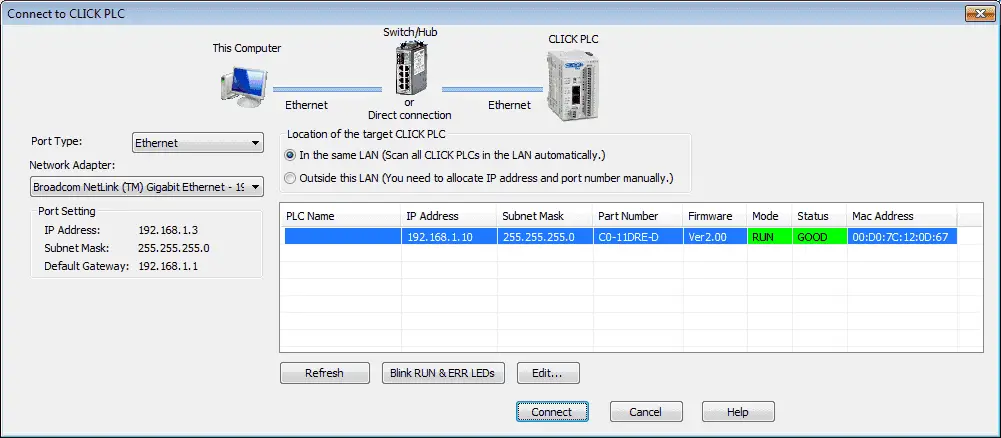The 7 Essential Parts of a PLC System
We will now look at the parts of a PLC system. When I was in school PLCs were just in their infancy. We were taught that the PLC consisted of the central processing unit (CPU), analog and digital inputs, and outputs. Everything was programmed with dedicated handheld devices and/or software devices on specialized hardware. We … Read more

